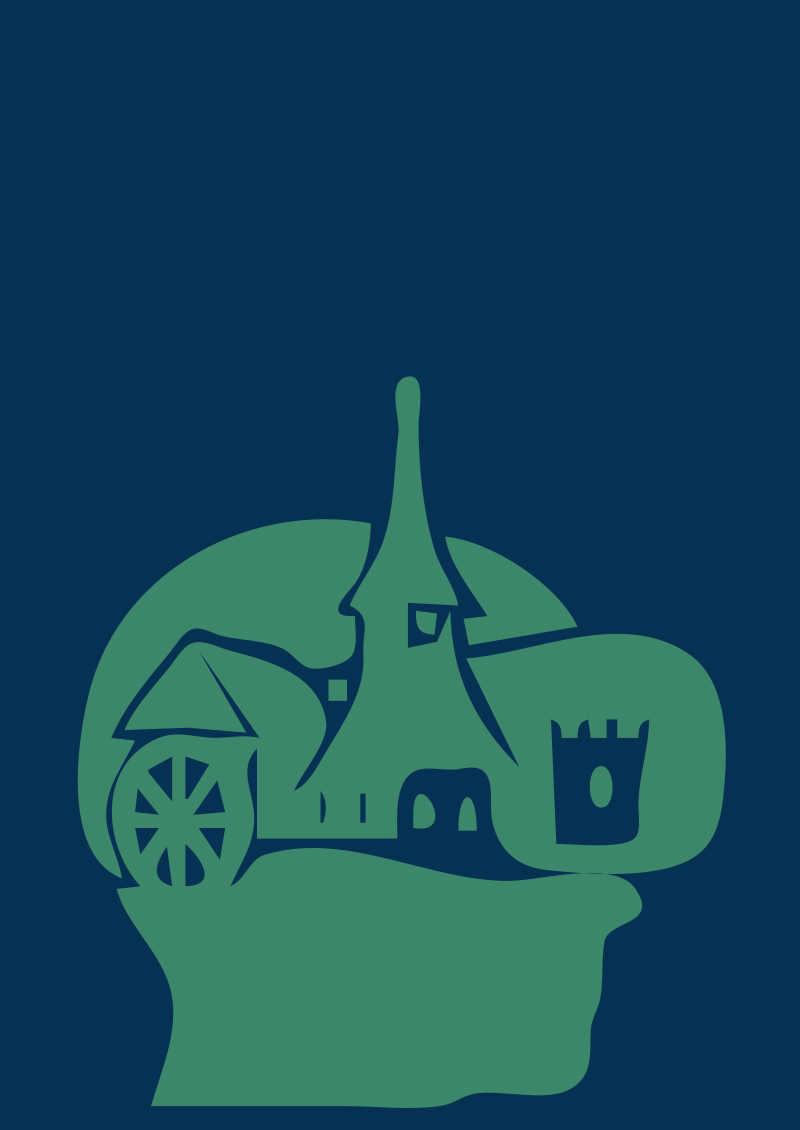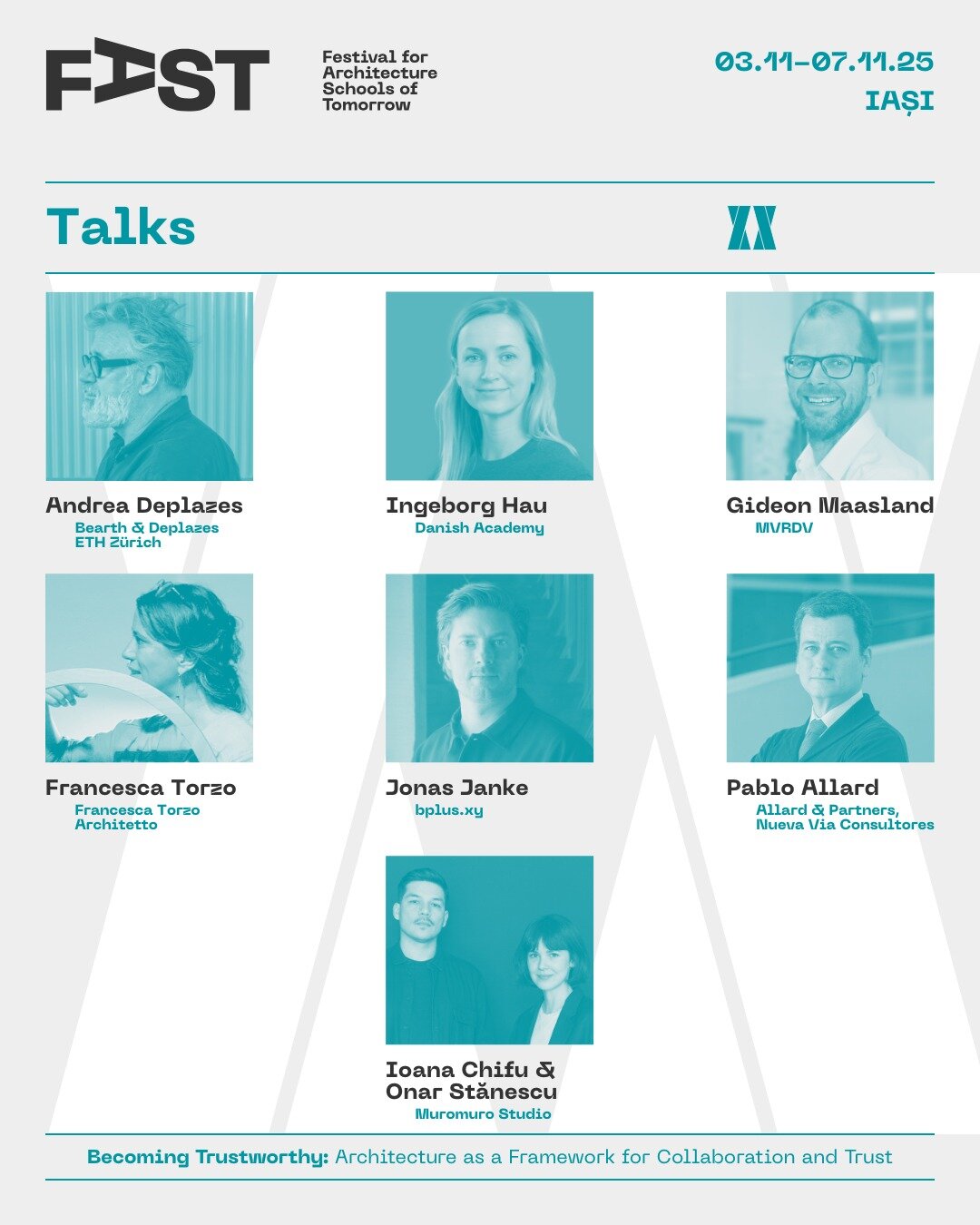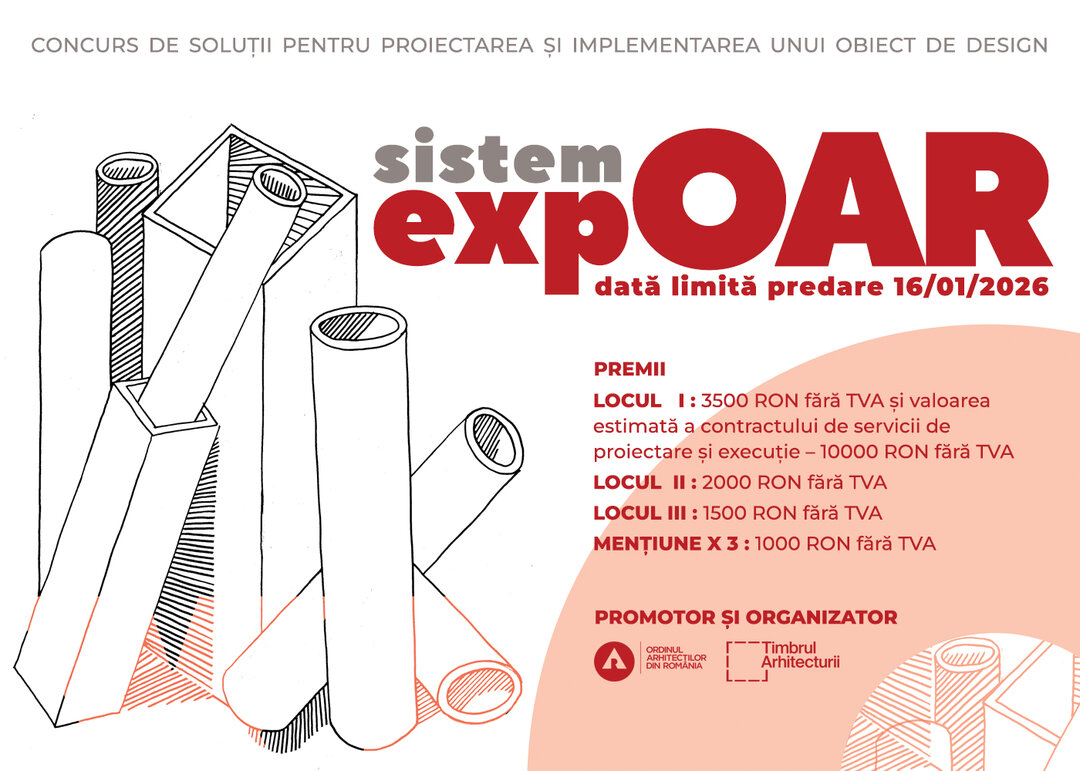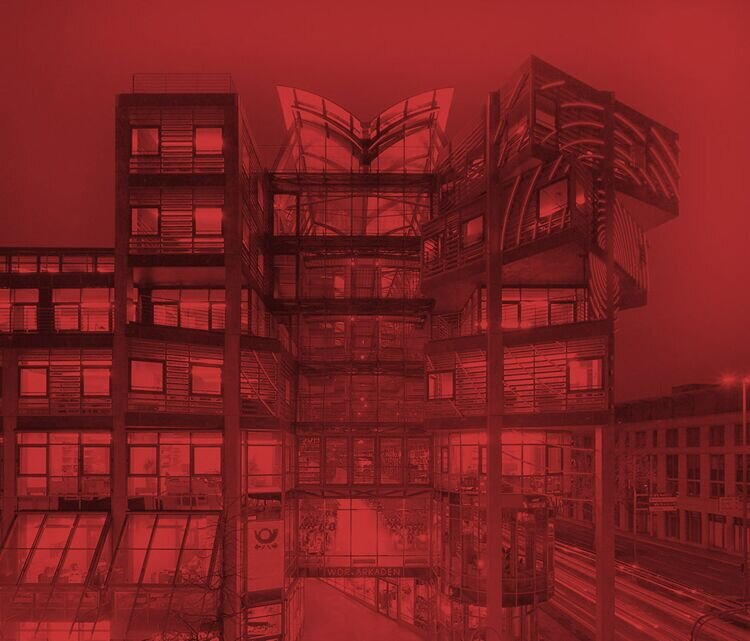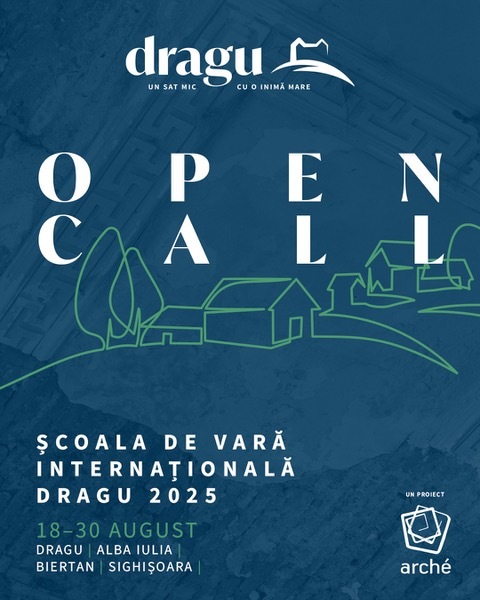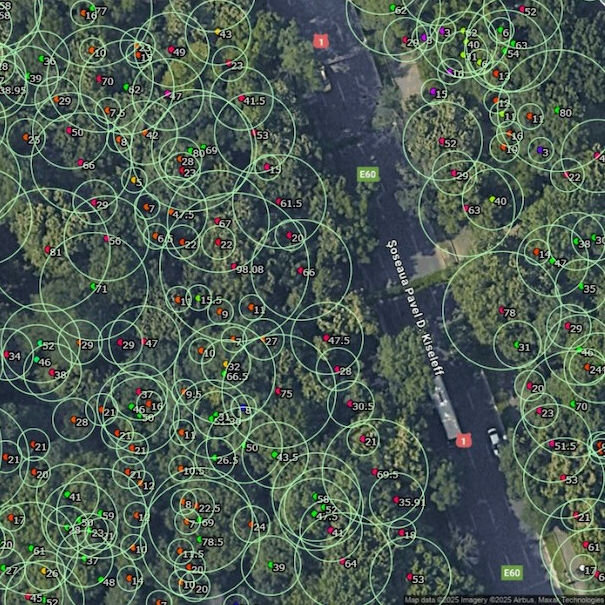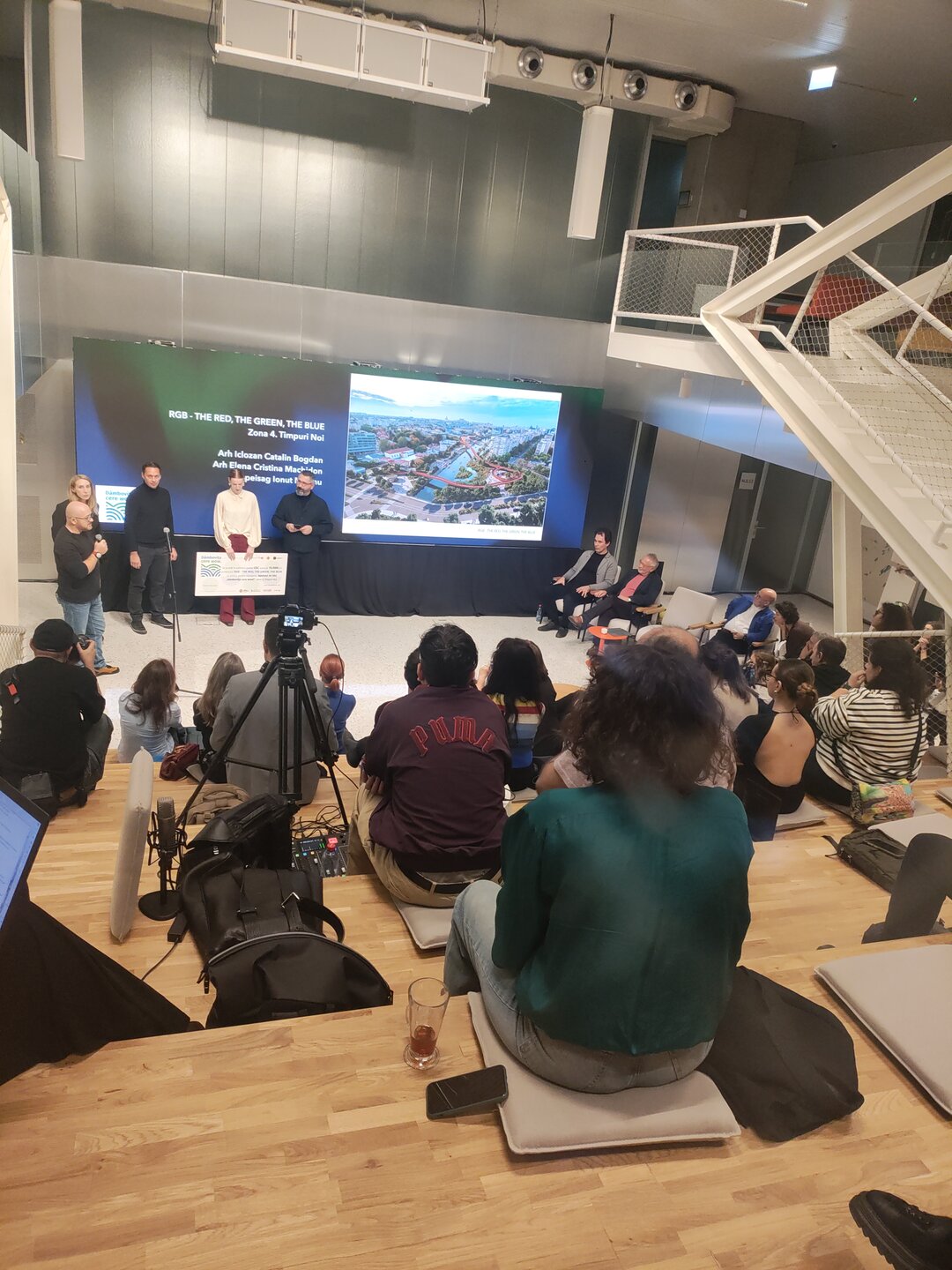
Birth of a Museum - Louvre Abu Dhabi
21.05.2014
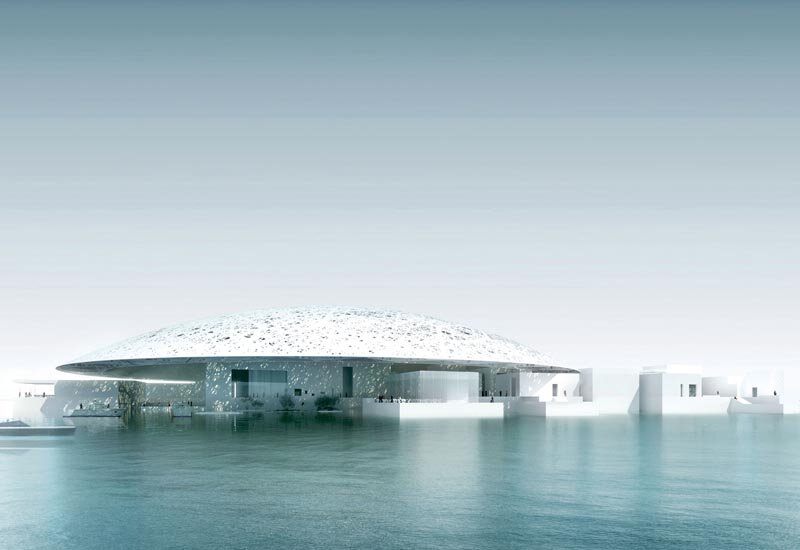
2 May – 28 July
Musée du Louvre
Louvre Abu Dhabi is unveiling its new collection for the first time in France; more than one hundred and sixty of the finest masterpieces already acquired by the UAE museum are presented in Paris, in an exhibition called “Birth of a Museum” and following a similar exhibition in Abu Dhabi in 2013.
Louvre Abu Dhabi, which will be opening in December 2015, will be the first universal museum created in the Middle East, a region at the crossroads of civilizations. Its collection of old and contemporary works from different countries has been gradually growing since 2009 with each new acquisition.
The exhibition will enable the French and European public to get a preview of the cultural wealth of the collection of the future museum and also to grasp the architectural and cultural project.
A permanent collection unveiled in Paris
The "Birth of a Museum" exhibition is the first major presentation in Paris of the collection of Louvre Abu Dhabi, associated with the evocation of the architecture of Jean Nouvel as well as the local context of its development. It unveils a selection of more than one hundred and sixty works acquired since 2009 by the Emirate, which has benefited from the expertise of the teams from Abu Dhabi and Agence France-Museums. Among these exceptional works there is a statue called Bactrian "Princess", a gold bracelet with figures of lions made in Iran nearly 3,000 years ago, a rare Greek archaic sphinx, a large Bodhisattva from Pakistan, a fibula (brooch) in gold with garnets from Italy dating from the fifth century AD, a magnificent Virgin with Child by Bellini, paintings by Jordaens, Caillebotte, Manet, Gauguin, Magritte, a previously unseen papier-collé by Picasso and nine paintings by the recently deceased American painter Cy Twombly. Although it is not a real forshadowing of Louvre Abu Dhabi, as the French loans are not presented, this exhibition is built around a chronological thread and some major artistic and aesthetic issues that already emphasize the principles at the heart of the identity of Louvre Abu Dhabi: universalism, the confrontation of artistic testimonies of the great civilizations, from ancient times to the contemporary era, highlighting the multidisciplinary nature of the fields of artistic creation.
A similar exhibition has already been presented to the public in Abu Dhabi from 22 April to 20 July 2013 at Manarat Al Saadiyat, the art and exhibition centre of Saadiyat Island Cultural District.
Universal museum in the Arab world
By an intergovernmental agreement signed on 6 March 2007, the UAE and France decided to create a universal museum named Louvre Abu Dhabi which is scheduled to open in December 2015. This unprecedented move lays the foundations for a new type of cultural cooperation between the two countries around the birth of a national institution. As the first universal museum in the Arab world, Louvre Abu Dhabi is an ambitious project whose identity is underpinned by the notions of discovery, contact and, therefore, education. The future museum will not, in any way, be a copy of the French Louvre in Abu Dhabi; instead, it will be an original institution, with its own collection, offering its own interpretation of a universal museum, reflecting its own era and the local traditions of the host country.
Louvre Abu Dhabi aims to be a place of dialogue between civilizations and cultures. Its uniqueness will be based on an overarching vision of artistic creation and it will adopt an original way to present collections, combining loans from French collections and works from Louvre Abu Dhabi's own currently developing collection, on a rotating basis over ten years.
The construction of Louvre Abu Dhabi, designed by Jean Nouvel, winner of the Pritzker Prize, has begun on Saadiyat Island. Designed as a "museum city", protected from the sun by a large dome, the buildings extend out over the water. Louvre Abu Dhabi will cover nearly 64,000 m2 with 6,000 m2 for the permanent gallery and 2,000 m2 for temporary exhibitions of international importance.
Exhibition curators: Vincent Pomarède, Director of the Mediation and Cultural Programming at the Musée du Louvre, General Curator of the exhibition.
Associated with Laurence des Cars, Director of the Musée de l'Orangerie / Khalid Abdulkhaliq Abdulla, Assistant Curator for Birth of a Museum, Abu Dhabi Tourism & Culture Authority
The Museum and the Sea
by Jean Nouvel
Louvre Abu Dhabi wishes to create a welcoming world serenely combining light and shadow, reflection and calm. It wishes to belong to a country, to its history, to its geography without becoming a flat translation. It would like to intensify the fascination of exceptional encounters.
Discovering an archipelago constructed on the sea is unusual. As is the fact that it is protected by a parasol creating a rain of lights.
It is a calm and complex place. A contrast of a series of museums cultivating their differences and their authenticities.
It is a project founded on a cornerstone of Arab architecture: the dome. But here, with its evident shift from tradition, the dome is a modern proposal: a double dome 180 meters in diameter, flat, perfect radiating geometry, randomly perforated woven material, creating a shadow punctuated by bursts of sun. At night, this protected landscape is an oasis of light under a starry dome. Louvre Abu Dhabi thus becomes the end of an urban promenade, a garden on the coast, a cool haven, shelter from the light of day and evening, its aesthetic consistent with its role as a sanctuary for the most precious works of art.
The museum and the city
I have always considered a great museum a neighbourhood, a natural destination in the city, as a mark of its character. Ideally, the thrill of discovering masterpieces should be crowned by a landscaped composition — street, architecture, and light all contributing to the aura of cities. At Louvre Abu Dhabi, the dome displays a complex geometry, and random gaps of differing shapes and sizes emerge; a kinetic game varies the form and slow movement of the flashes of light on the white walls of the museum. We are talking about spaces that are not completely inside, nor totally outside. They aim to awaken the artistic emotions in the visitor aroused by the collections. Closed, protected, the galleries of the museum take on a palatial character. As much as the exterior light of the built volumes evokes the Arab city through simple geometric forms assembled in a hidden order, the geometry of the sequence of large exhibition spaces is strictly orthogonal: the height of their ceilings organising exceptional spaces for the ordered presentation of contrasting works from different civilisations.
Museography: From the archetypes of the Arab city to those of palaces
At all times the architectural elements characteristic of Louvre Abu Dhabi are before the eyes of the visitor: the succession of views of the dome, the sea and the garden, as well as the definition of architectural components such as floors, walls and ceilings.
These three elements ensure calmness and nobility, and are continuations of the materials and colours of the exterior architecture, underneath and around the dome. They express themselves through three materials: stone, steel and glass. This is an exploration of the fondamental elements, of tension.
These three revisited archetypes are the basis of a museography of dialogues, of revelations through the bringing together of works and objects from different civilisations. The architecture produces groups of large galleries. The sum of these rhythmic groupings of patios, thresholds, transparencies and low angles creates an urban space protected by the dome, which is traversed by the rays of the sun. The better to experience, here, in Abu Dhabi, the permanence of ephemeral emotions that come from different horizons.
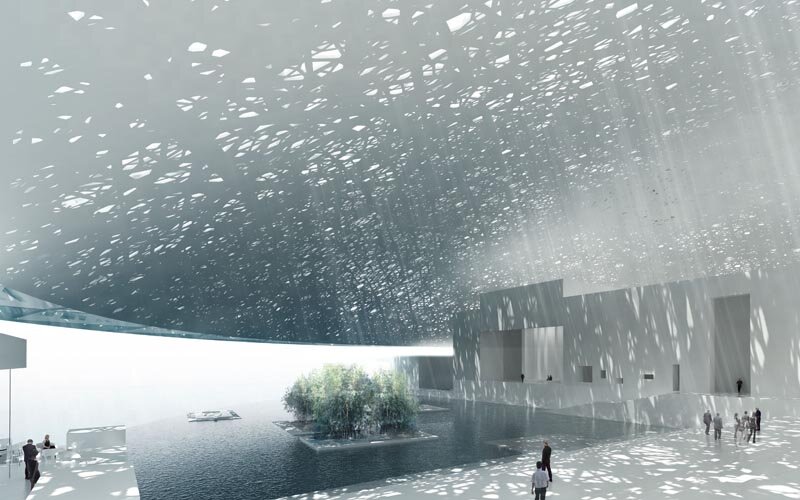
External public area shaded by the Louvre Abu Dhbai Dome - Ateliers Jean Nouvel - Courtesy of TDIC
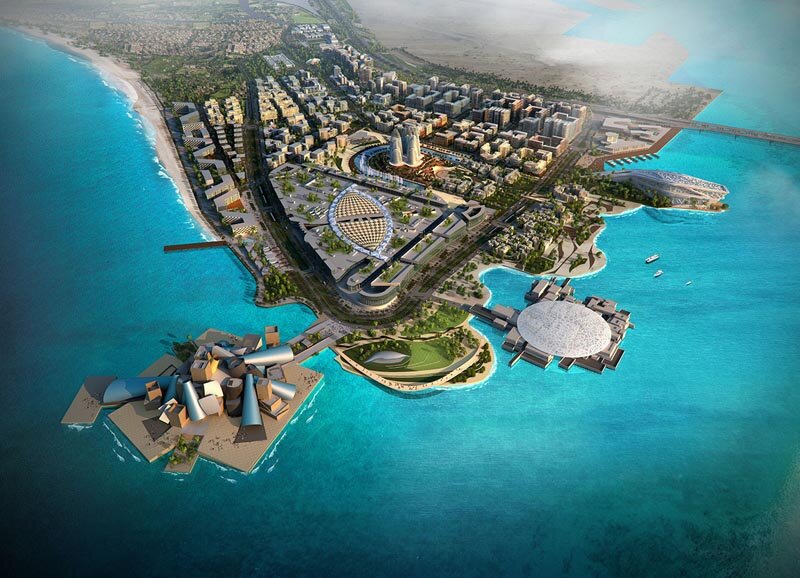
Saadiyat Cultural District Masterplan 1 - © TDIC
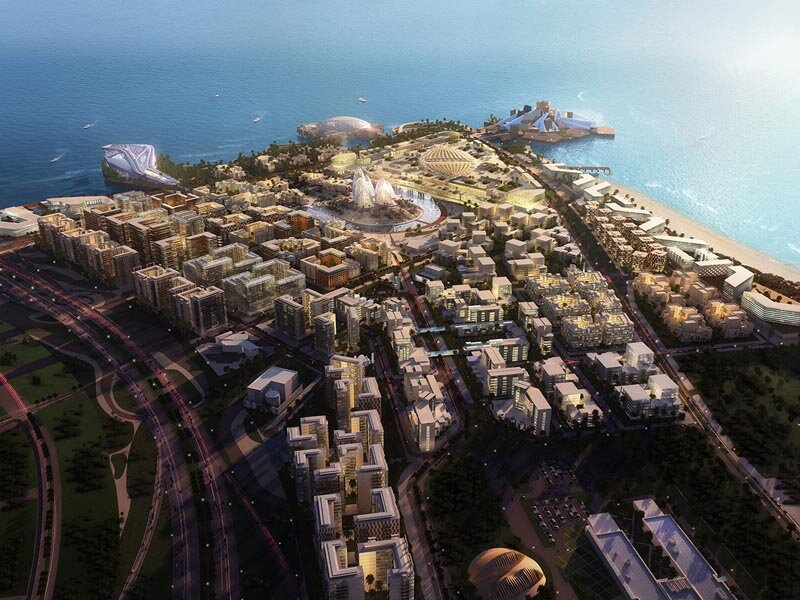
Saadiyat Cultural District masterplan 2 - © TDIC

Louvre Abu Dhabi Latest Site Image- Décembre 2013 © TDIC
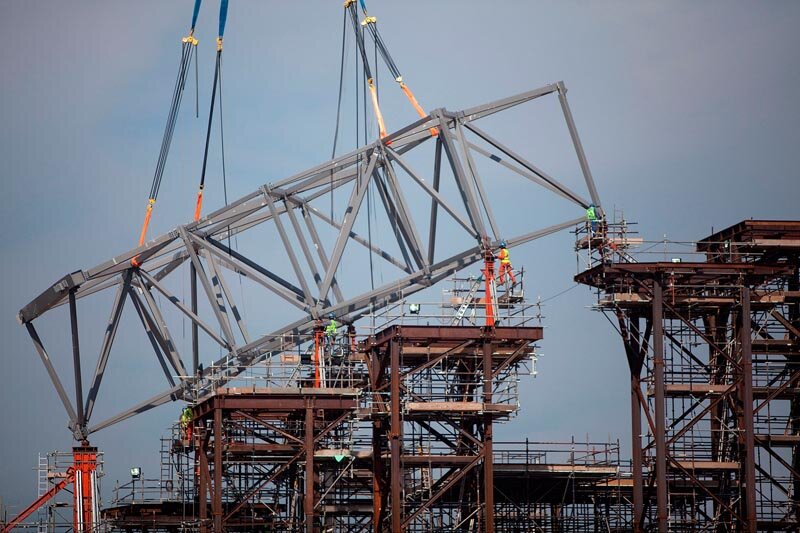
The first segment of Louvre Abu Dhabi’s dome - December 2013 © The National and TDIC





